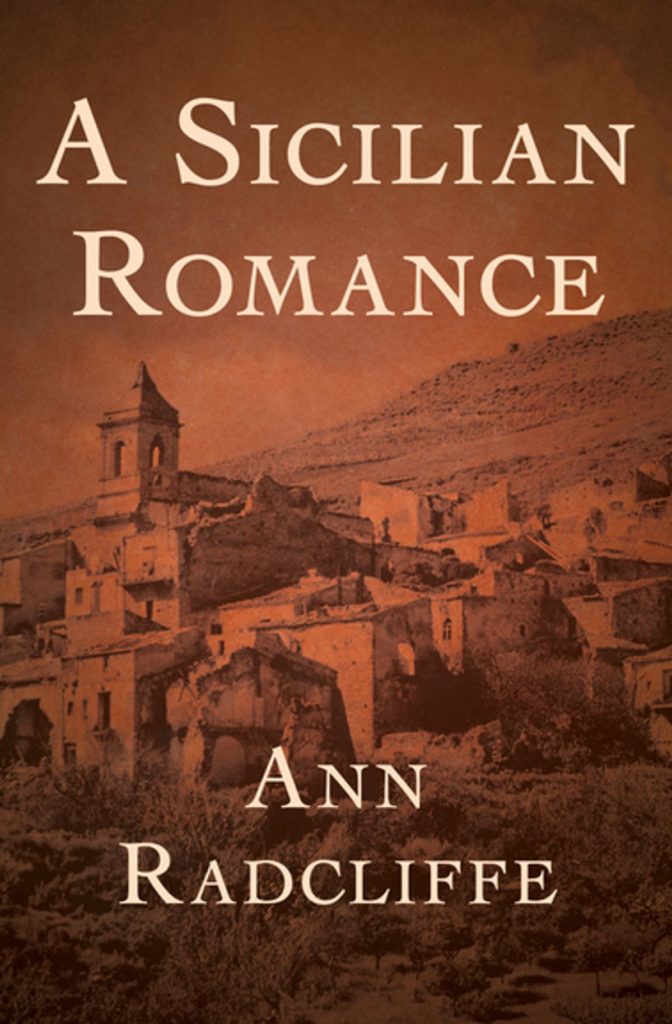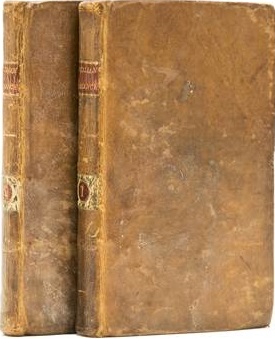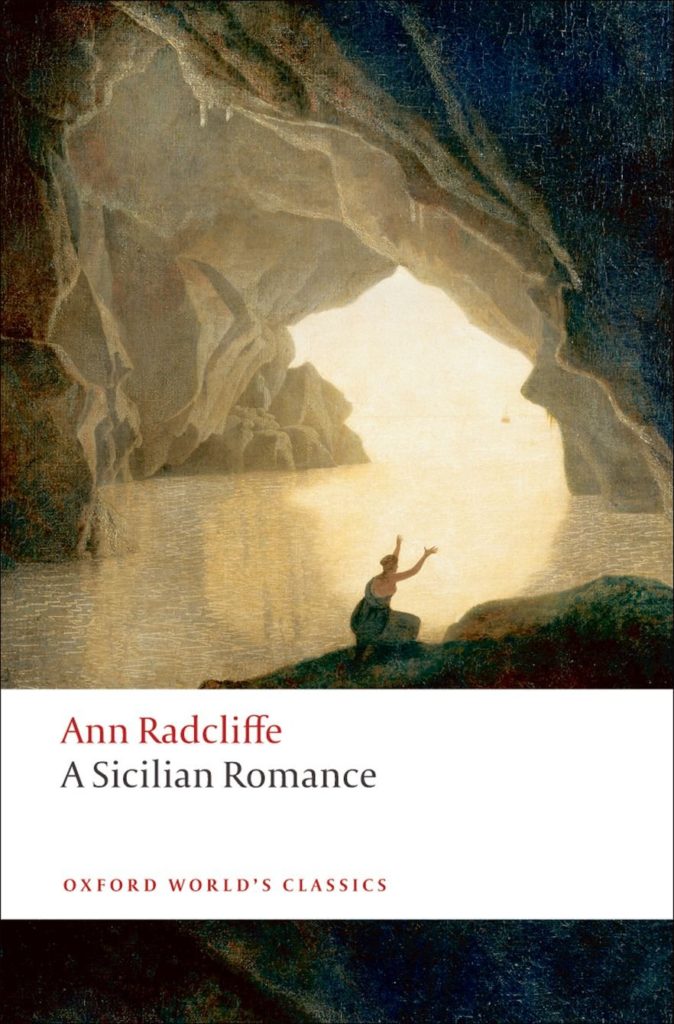
Ann Radcliffe was the J.K. Rowling of the late 1700s. She churned out bestsellers so popular they made her the world’s highest paid author for an entire decade. Her atmospheric gothic romances entranced the reading public similar to how Rowling made us obsessed with wizardry and magic.
Critics and fans alike could not get enough of Radcliffe. Once they finished her novels they fantasized about her personal life, imagining it as dramatic as her stories. Wild rumors were spread, including that she wrote while confined to a madhouse. The boring truth is that she was merely a private person who likely never traveled to any of the picturesque settings featured in her novels.
Despite her once iconic status, Radcliffe is largely forgotten today. Only a small slice of literary academia continues to study her works, and her remaining fans are limited to a niche of hardcore gothic enthusiasts. If it weren’t for Jane Austen’s incessant references to her in Northanger Abbey she might have been forgotten completely.
What a shame! A Sicilian Romance—allegedly her least impressive effort—is a marvelous adventure from beginning to end.

Like classic fairytales, the story is a bit of a morality play where the characters are pure good or pure evil. Specifically, there’s a rather nasty ruler who rampages after his daughter challenges his choice of husband for her. As the daughter flees for her life, we follow along for endless rides through gorgeous countryside, confrontations with bandits, and ghostly moaning within the recesses of haunted castles.
Of the five senses, mysterious sounds are a particular strength to Radcliffe’s descriptive writing. She uses noise to create suspense, confusion, and to induce terror in her characters. It’s a clever strategy, since sound is a classic source for misinterpretation and fodder for the imagination.
Acclaimed as the “Shakespeare of romance writers” there’s a long history of praise for her prose in general, which is well-deserved. She’s not an especially verbose writer—her language isn’t meant to draw attention to itself—but her vocabulary often exceeds brilliant. It’s easy, succinct reading, but not a text to breeze through because she can pack a full scope of emotion and plot development into one sentence. Blink and you might miss a twist, major reveal, change in character motivation, or lovely turn of phrase at least.
The pace is brisk. Arguably too brisk. The number of unexpected surprises and chance encounters crammed into a mere 200 pages is staggering. Since this is my first exposure to Radcliffe, I am interested to read her much longer works to see if she slows the pace down any, or if the shocks are merely exponentialized.
Were I to hypothesize why modern readers have largely lost interest in her bibliography, I would attribute it to her “tell” rather than “show” style. Her imagery is vivid, but stylistically it doesn’t invite the reader into the experience. There’s no effort to expand on exactly how a character is feeling when she says they are stupefied by sheer terror. The scenes are described using summary rather than a lived-through narration. Dialogue is a scarce rarity, but admittedly pitch perfect when it occurs.
Basically, she writes the exact opposite of where literary trends are today. I don’t consider this a bad thing, however. By avoiding lengthy internalized dramatization, she allows space for a much longer list of surprising plot elements. When the story feels abridged, it’s only because she’s cutting out the boring parts. Whereas if this same tale had been given Stephen King-like levels of characterization, it would be 10,000+ pages.
In any case, the pleasure of reading a classic is to depart from modern times and become immersed in a bygone era, a different style of writing, and new realization about what are timeless conflicts. Familiar themes of jealousy, pride, obsession, fear, corruption, family and many others make up a compelling page-turner which managed to keep me on the edge of my seat just as it did for audiences who read it 230 years ago.
Will be diving into the rest of Ann Radcliffe’s bibliography shortly, and for those on a similar journey, I can vouch for A Sicilian Romance as a good place to start.

